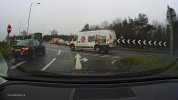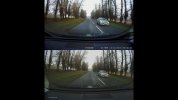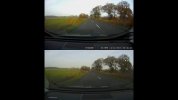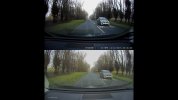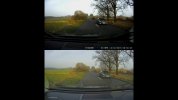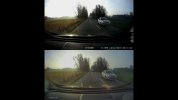TonyM
Well-Known Member
- Joined
- Jul 30, 2013
- Messages
- 5,446
- Reaction score
- 5,123
- Country
- United Kingdom
- Dash Cam
- Mobius 1S Telephoto, A139, B1W
Not sure the Vivitar S126 makes for the best dashcam, although the exposure does look rather goodLast time I looked a £25 compact camera could easily handle day or night shooting video without the need to have the user set a "day", "night" or "intermediate" mode. So it's hardly unreasonable or rocket science to expect the same from a car cam. If a small cheap compact camera can manage it for £24.99 : http://www.argos.co.uk/product/4278113 (and that has a mechanical shutter, viewfinder, and a lot of other expensive items not needed for a car cam plus a 16mp sensor), then I see no reason why car cam manufacturers cannot do this for under £100.
Last edited:



